Nendo’s collaborations with Kyoto artisans go on view in New York
‘Nendo sees Kyoto’ is on view at Friedman Benda (until 15 October 2022), showcasing the design studio's collaboration with six artisans specialised in ancient Japanese crafts
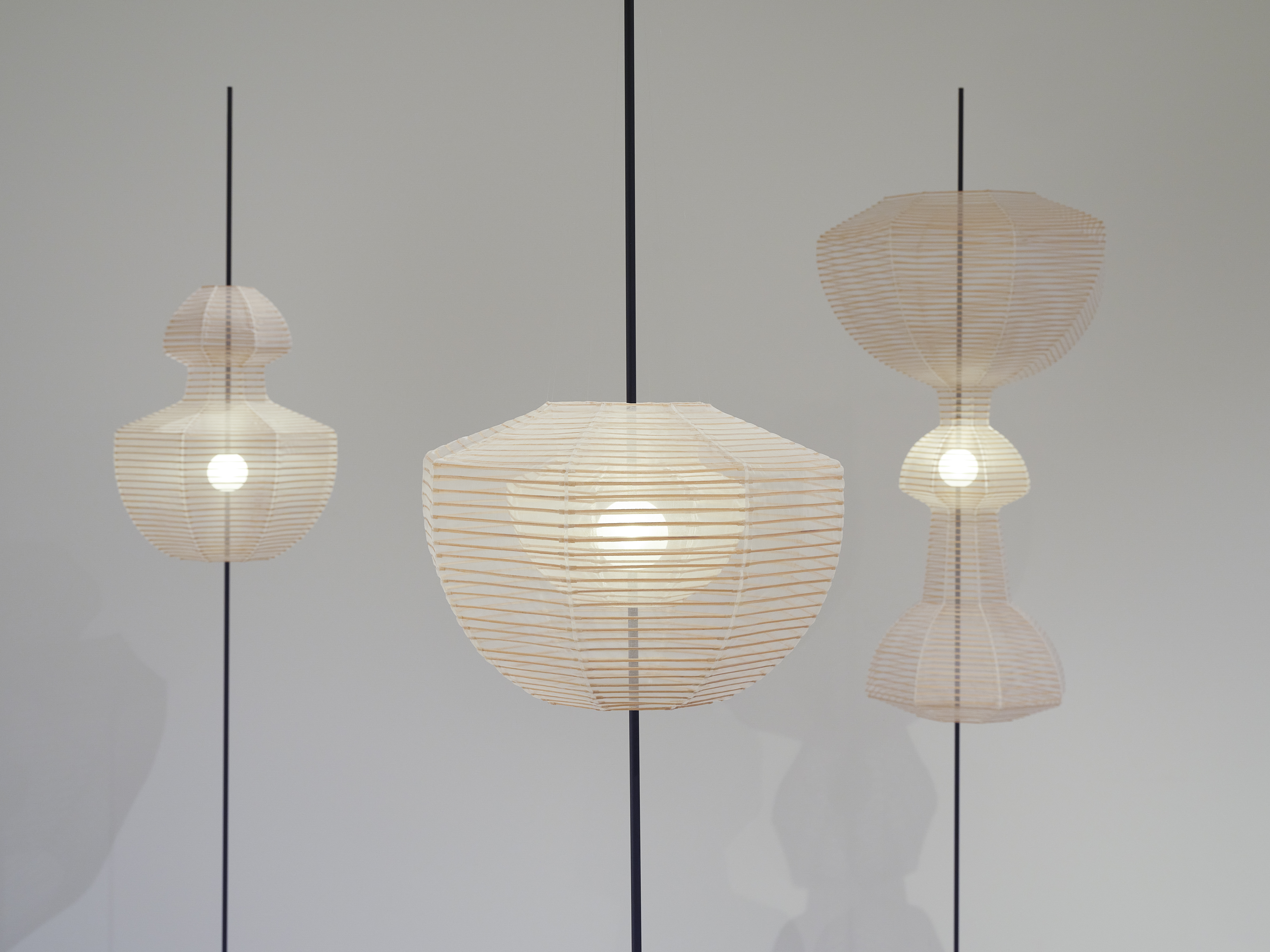
Daniel Kukla - Photography
The Japanese design studio Nendo might be best known for its contemporary and forward-thinking creative undertakings, but amongst its most recent projects this year is a collaboration with some of Kyoto’s most venerable master craftspeople and ateliers. Appropriately titled ‘Nendo sees Kyoto’, an exhibition at New York's Friedman Benda (until 15 October 2022) showcases the pioneering design studio's collaboration with six artisans, each specialised in an ancient Japanese craft tradition, to create new works of art. The fruits of this project were first presented across World Heritage Sites in Kyoto at the beginning of 2022, and made their American debut this September.
Nendo experiments with Kyoto craft
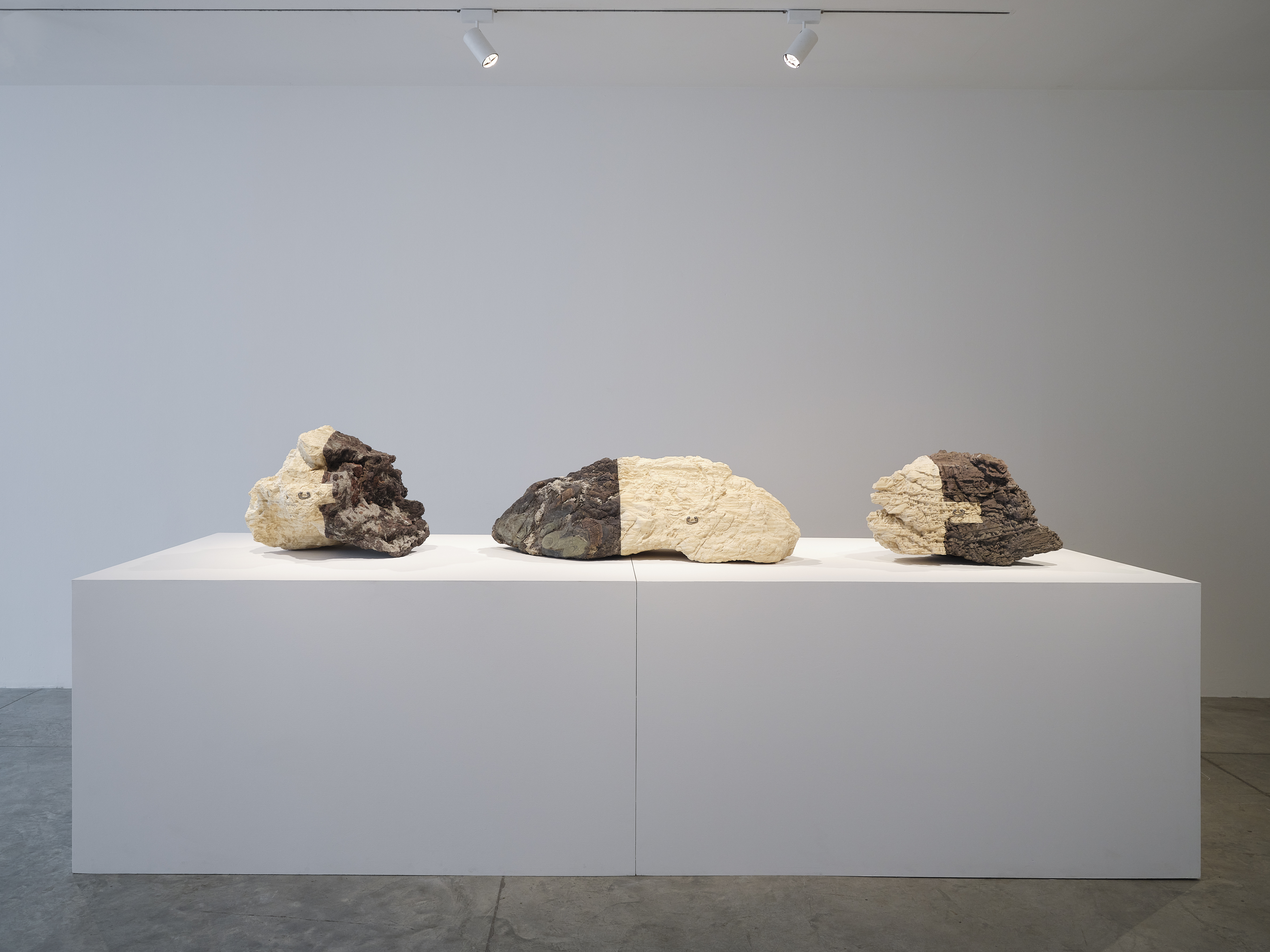
Nendo’s effort to meld Japan’s creative past with its present is a beautiful tribute to the country’s rich history of traditional techniques and use of materials. The project’s collaborators include a 16th-generation expert in making ironware kettles used in the traditional tea ceremony, an atelier that has produced paper lanterns in Kyoto since the middle of the Edo period (1603-1868), makers of lacquered wooden tea caddies – one of ten families serving the three remaining schools of Japanese tea in Kyoto – and a 12th-generation traditional gardener and landscape designer whose atelier has serviced Kyoto’s landscapes for almost 250 years. Each craftsperson collaborated with Nendo, utilising modern techniques such as 3D-printing, laser-cutting and other design and construction methods, to create new, highly individualised pieces of work.
‘At the beginning of the project, I did not have a clear vision of the outcome,’ says Nendo’s founder Oki Sato. ‘It was a process of repeating research, visiting and observing workshops, and discovering ideas through countless dialogues with the craftspeople. With some collaborators, we could see the direction naturally through conversations as if we were brainstorming, whereas with others, we couldn't seem to click no matter how many times we present our proposals. There is no doubt that both were fascinating experiences.’
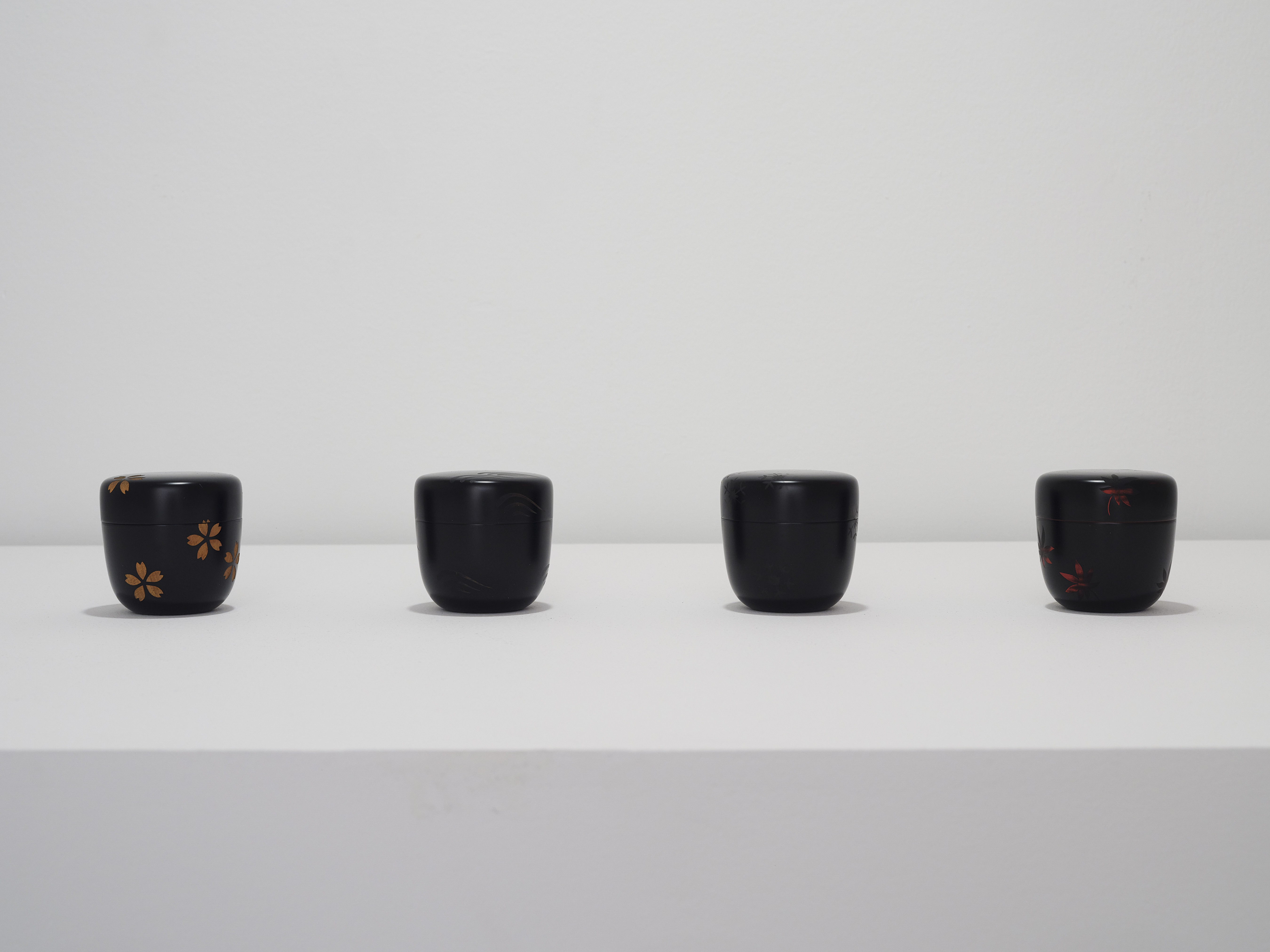
‘The project did not start from the beginning with a set number of collaborators,’ he adds. ‘We were introduced to other workshops and craftspeople in the process of talking with one craftsman, and the number of collaborators gradually increased. We were also able to meet the Iemoto [grand master] of the Urasenke School, and from there we were able to make contact with a group of craftsmen known as the ‘Ten Craftsmen of the Senke School’. This was also important for creating a diversity of materials and techniques [featured], including woodworking, pottery, stone, lacquer, metal, and Japanese paper.’
The result is a provocative and inspiring body of work. Onishi Seiwemon’s iron pieces have been 3D-printed using titanium powder to create a U-shaped vessel that can be either used as a sake pitcher or a vase, for example. Kojima Shouten’s traditional washi paper and bamboo lanterns have been reimagined in ten new shapes and forms, showcasing their strength and suppleness in one poetic gesture. Miyazaki Furniture, a woodworking atelier founded in 1856, has produced a duo of wooden screens in the Sashimono tradition (without the use of glue or joinery tools) that articulate one of Nendo’s most recognisable visual signatures, while the Ogawa Jihei gardeners have sought to bring the garden indoors by installing drawers within 3D-printed boulders to transform a traditionally decorative garden feature into a functional object. In Sato’s view, this project was especially challenging to realise.

‘In terms of techniques and processes, I think “Ishidansu” faced the most challenges,’ he says of the project. ‘It was realised by putting together different materials with cutting-edge technology and manufacturing, where each process was fraught with tension. Perhaps the most surprising thing was the fact that woodworkers even purchased and used precision drills dedicated for dental technicians to finish the surfaces with the highest precision.’
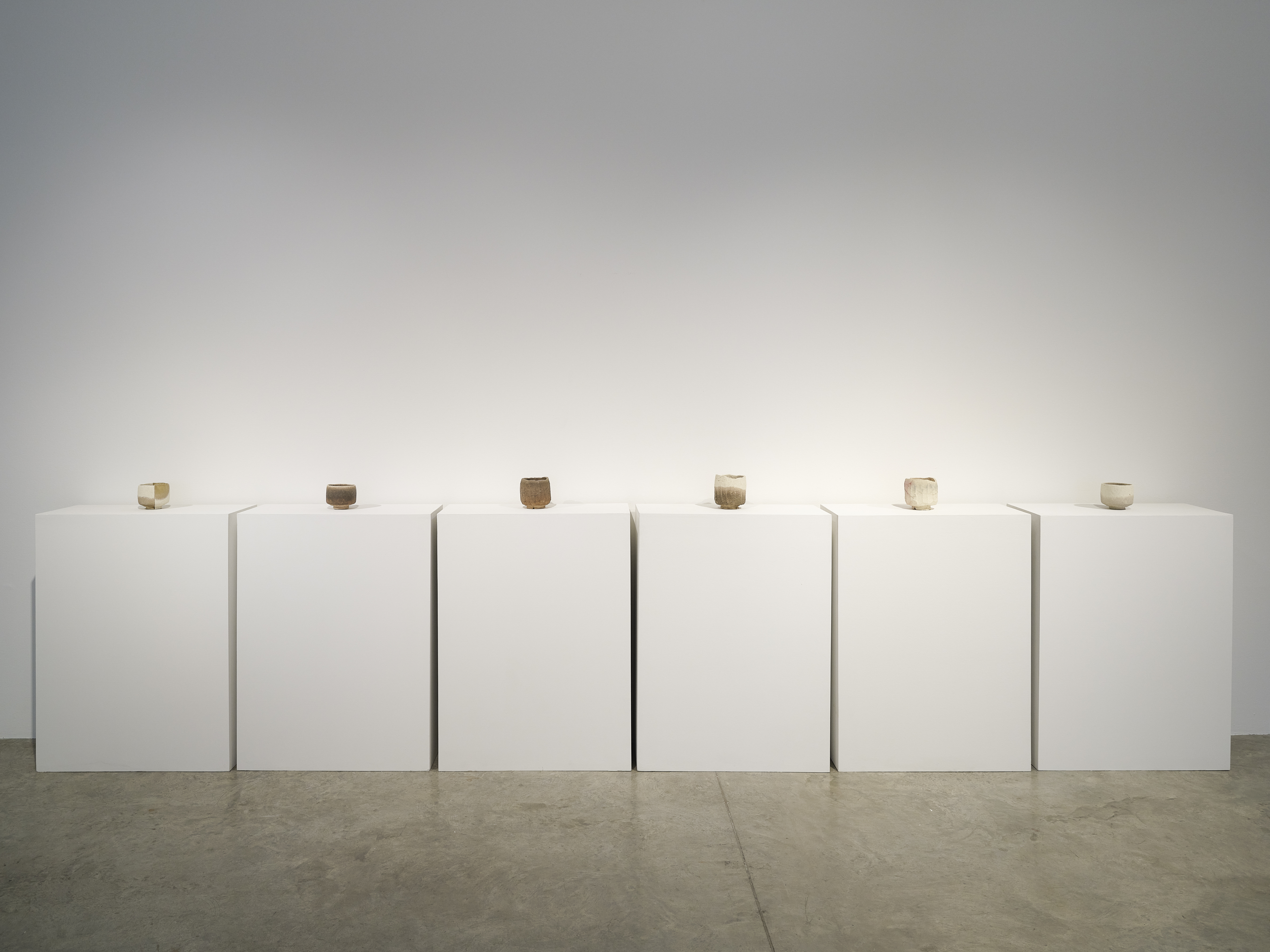
INFORMATION
Receive our daily digest of inspiration, escapism and design stories from around the world direct to your inbox.
‘Nendo sees Kyoto’ is on view until 15 October 2022
ADDRESS
Friedman Benda
515 West 26th Street
New York
Pei-Ru Keh is a former US Editor at Wallpaper*. Born and raised in Singapore, she has been a New Yorker since 2013. Pei-Ru held various titles at Wallpaper* between 2007 and 2023. She reports on design, tech, art, architecture, fashion, beauty and lifestyle happenings in the United States, both in print and digitally. Pei-Ru took a key role in championing diversity and representation within Wallpaper's content pillars, actively seeking out stories that reflect a wide range of perspectives. She lives in Brooklyn with her husband and two children, and is currently learning how to drive.
-
 How ethical is Google Street View, asks Jon Rafman in Copenhagen
How ethical is Google Street View, asks Jon Rafman in CopenhagenIn 'Report a Concern - the Nine Eyes Archives' at Louisiana Museum of Art, Copenhagen, Jon Rafman considers technology's existential implications
-
 Next-generation jeweller Rosalie Carlier is one to watch
Next-generation jeweller Rosalie Carlier is one to watchThe young jewellery designer creates sensuous but bold pieces intended to ‘evoke emotion in the wearer’
-
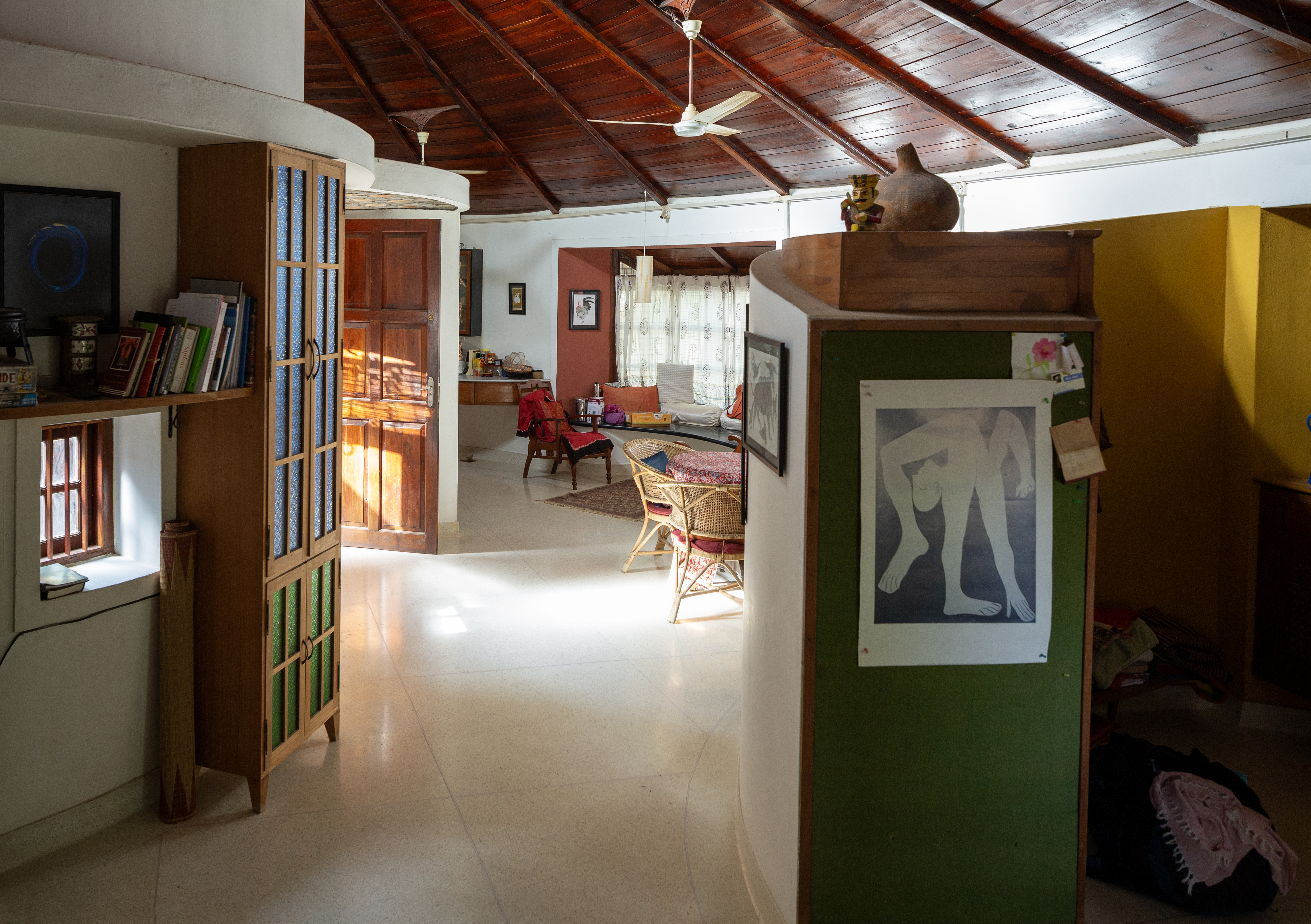 Inside a creative couple's magical, circular Indian home, 'like a fruit'
Inside a creative couple's magical, circular Indian home, 'like a fruit'We paid a visit to architect Sandeep Virmani and social activist Sushma Iyengar at their circular home in Bhuj, India; architect, writer and photographer Nipun Prabhakar tells the story
-
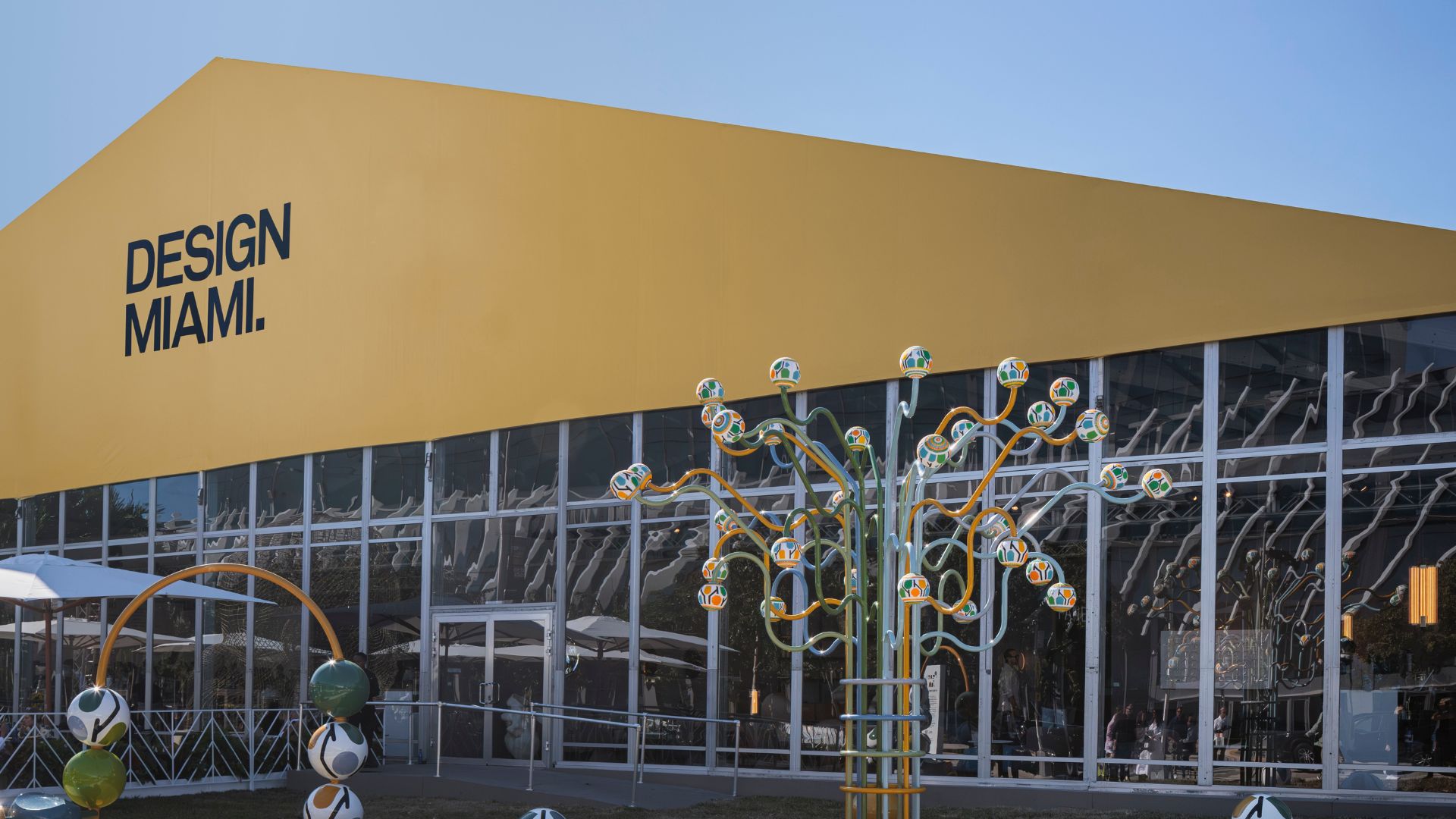 Everything you need to know about Design Miami 2025
Everything you need to know about Design Miami 2025The collectible design fair returns to Miami Beach in December for its 21st edition, alongside a vast array of art and cultural events across the city
-
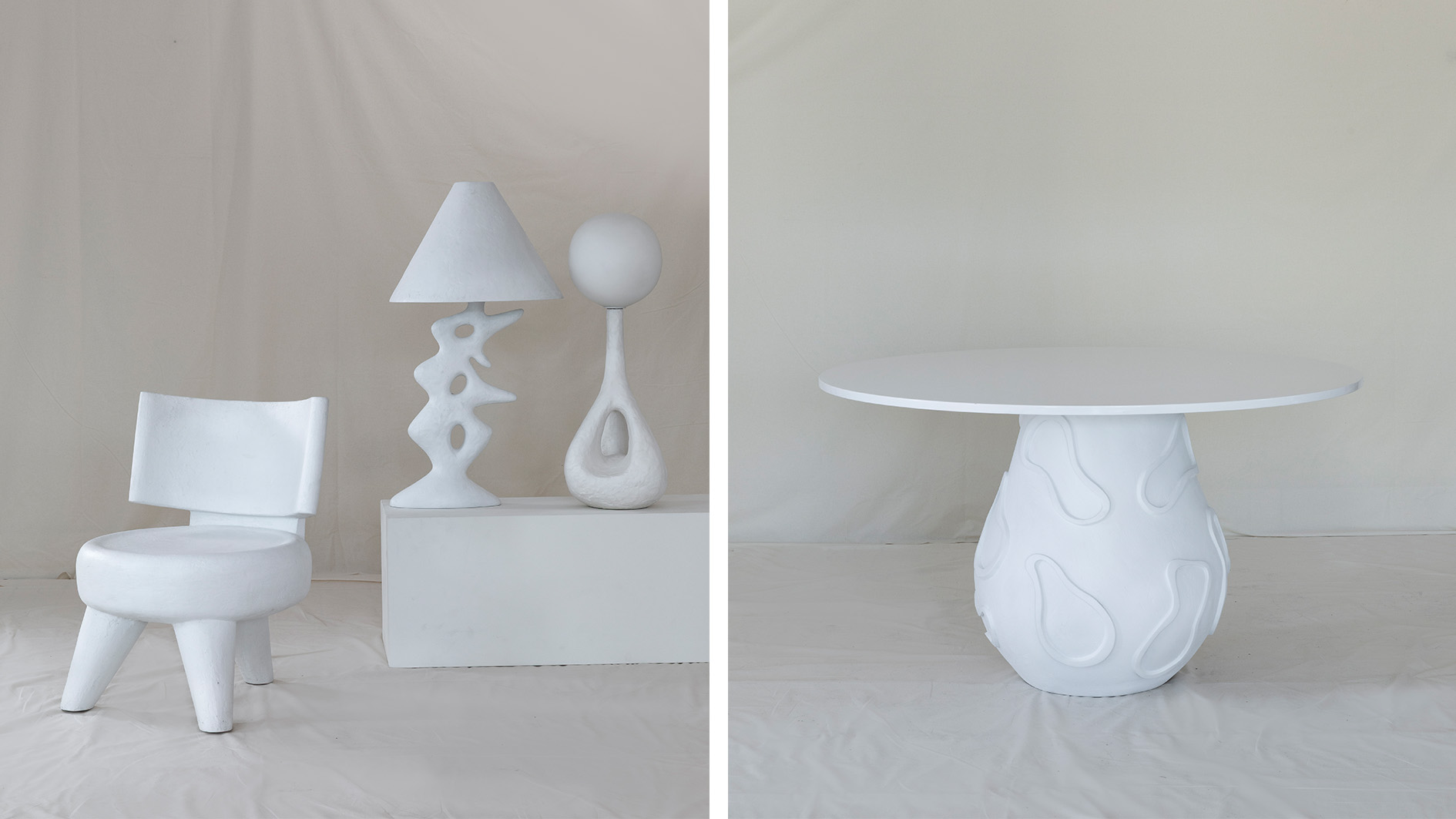 Ralph Pucci’s new Provence exhibition celebrates sculpture in its purest form
Ralph Pucci’s new Provence exhibition celebrates sculpture in its purest formTo mark 70 years of Ralph Pucci International, the New York gallery is collaborating with top designers to bring scaled, textural forms to Château La Coste
-
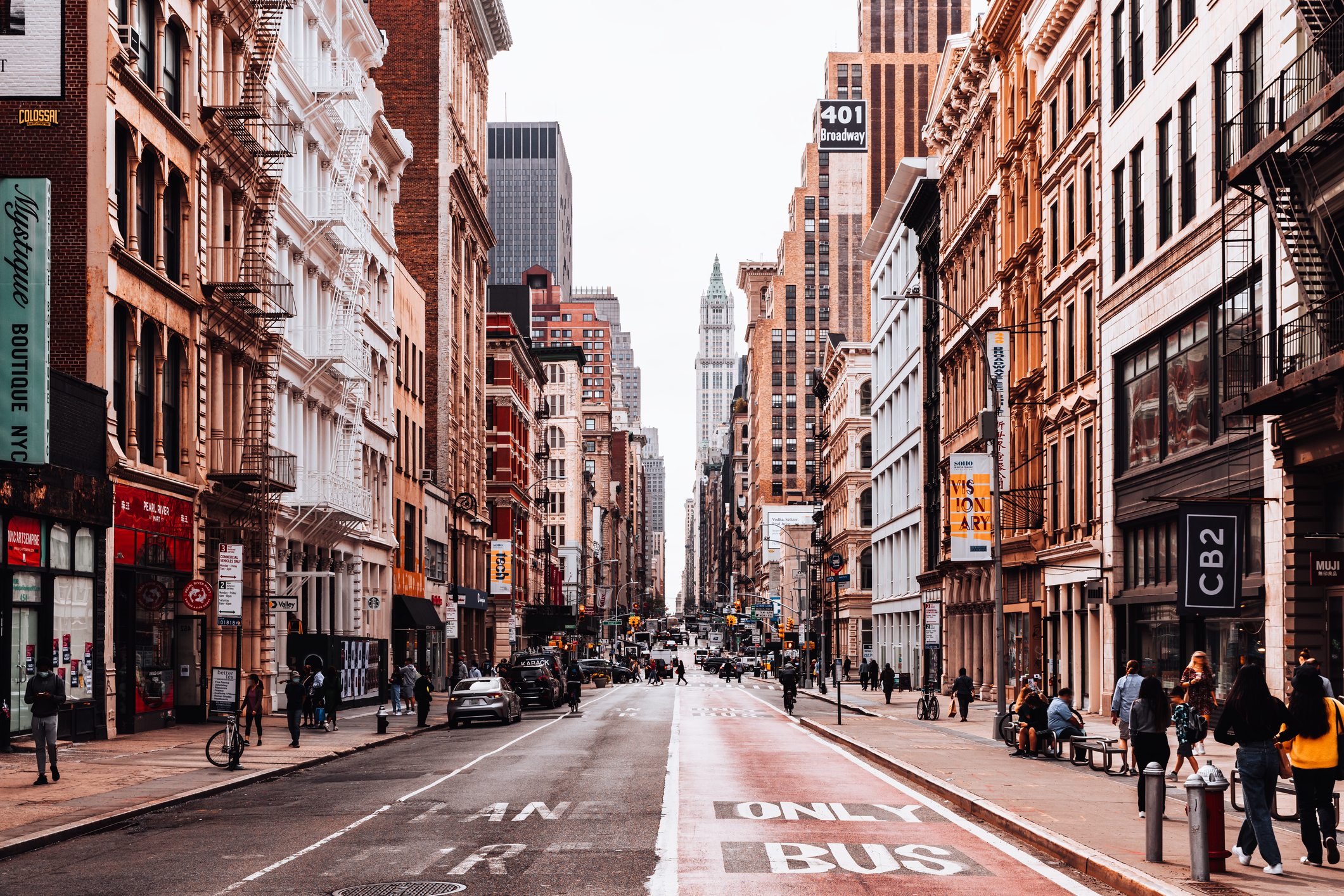 New York Design Week 2025: live updates from the Wallpaper* team
New York Design Week 2025: live updates from the Wallpaper* teamNow through 21 May, design is taking over the Big Apple. Here's the latest news, launches and other goings-on from NYCxDesign, as seen by Wallpaper* editors.
-
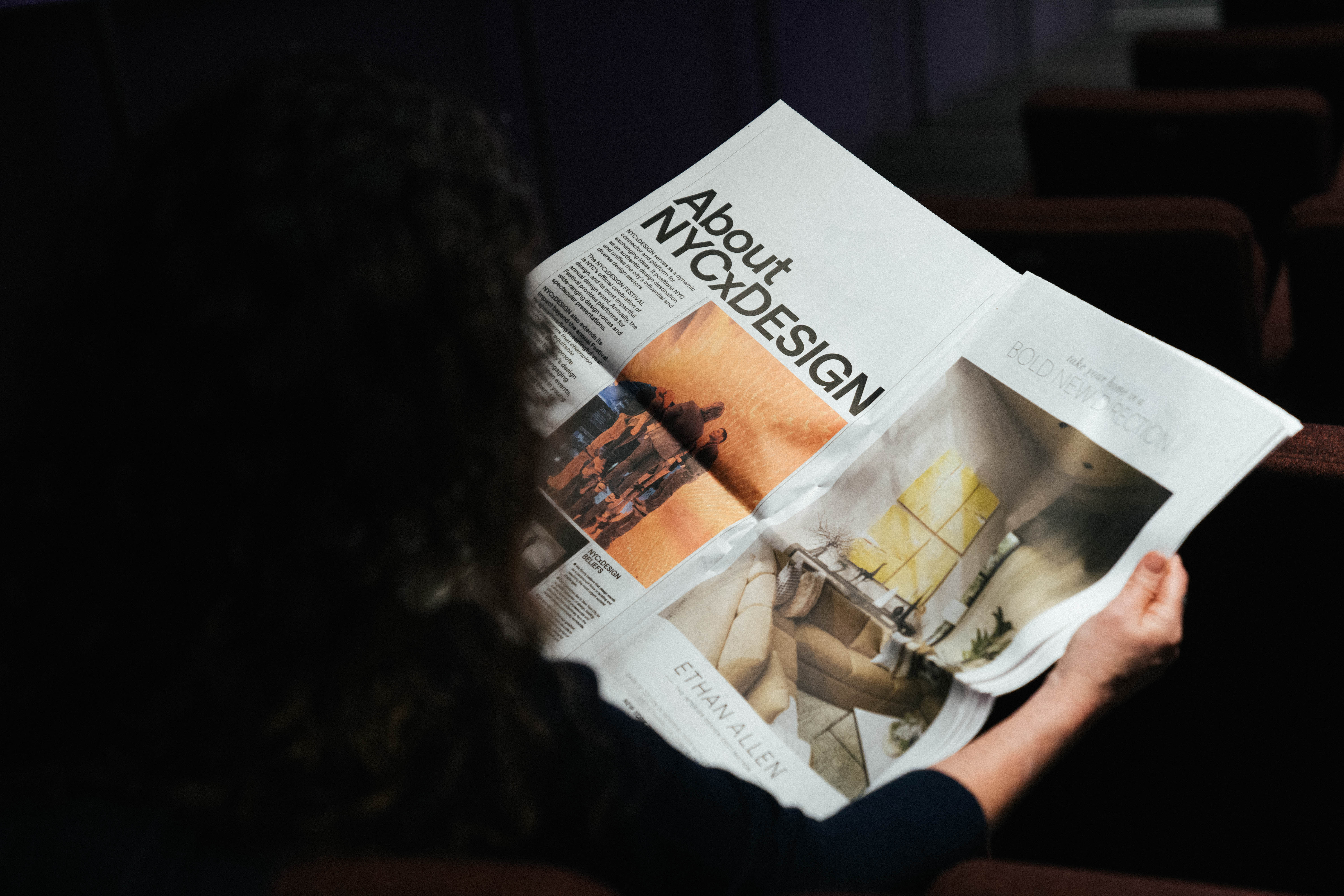 What not to miss at NYCxDesign 2025, according to our editors
What not to miss at NYCxDesign 2025, according to our editorsFrom mega furniture fairs to can't-miss parties, here's what to catch at North America's biggest celebration of design
-
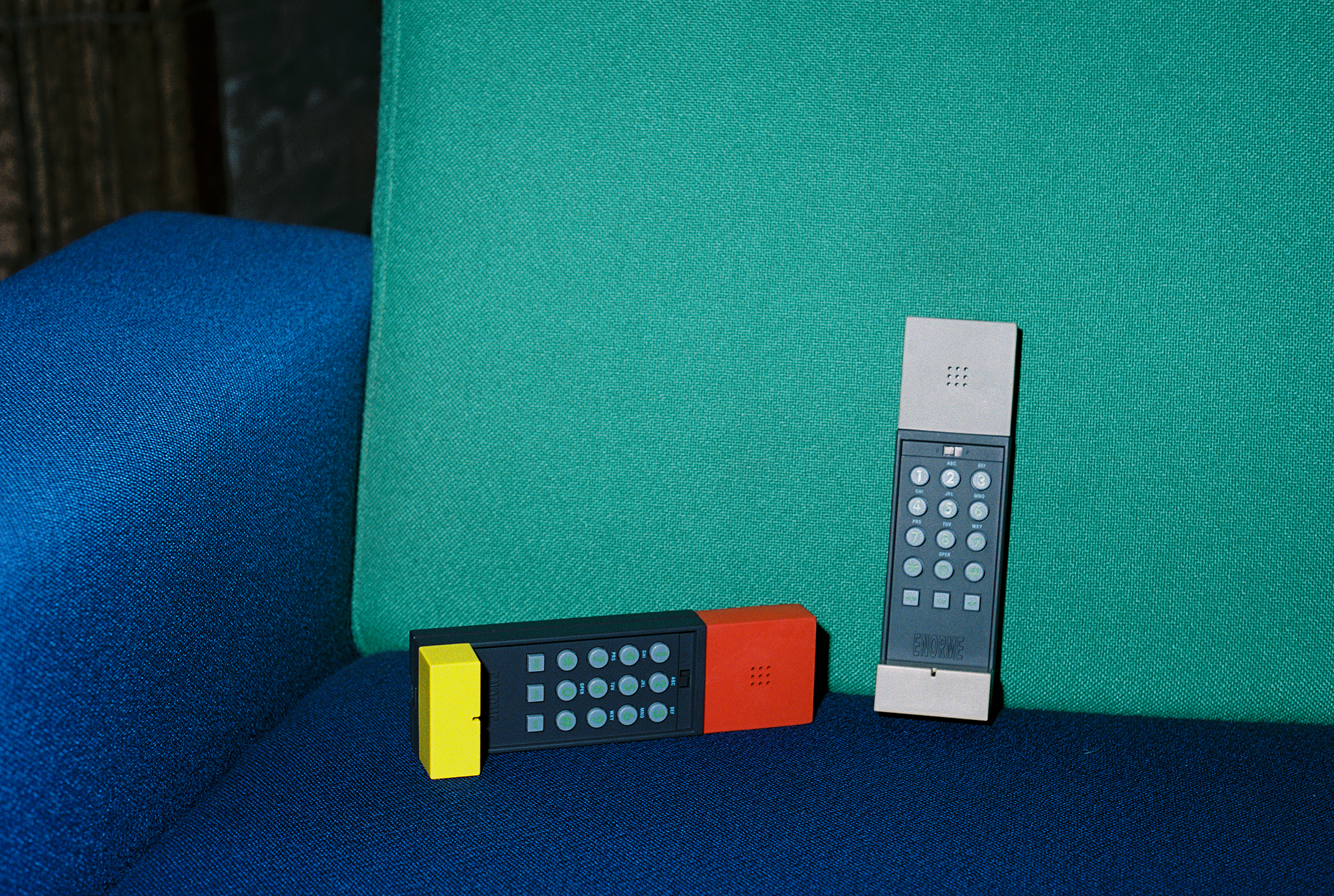 Basic.Space launches its first IRL shopping event – in an empty West Hollywood mall
Basic.Space launches its first IRL shopping event – in an empty West Hollywood mallWith the launch of its first in-person event in LA this weekend, the e-commerce platform is looking to bring collectible design to a whole new audience
-
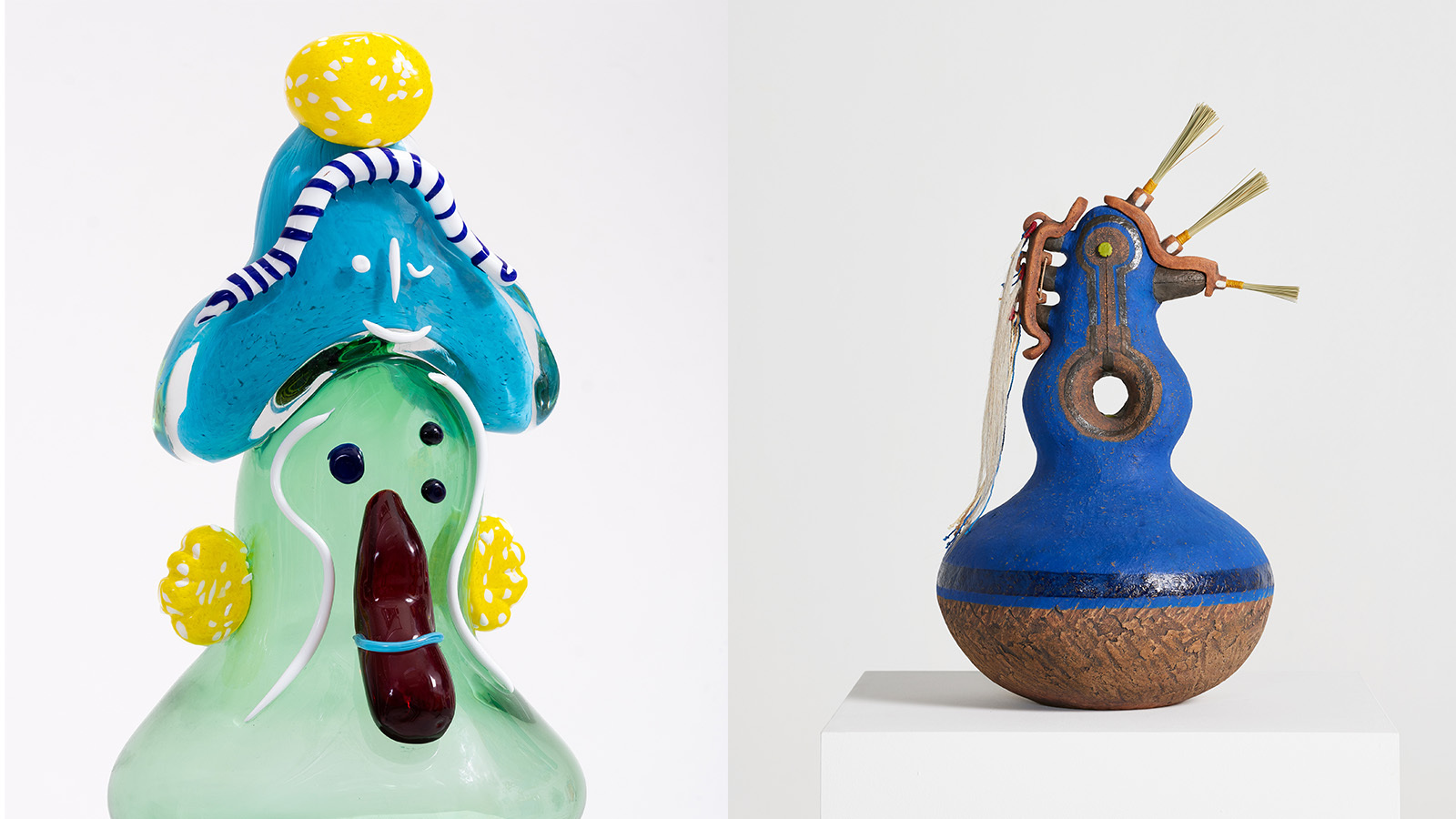 Design Miami 2024 is alive with possibility: here are 14 things to see
Design Miami 2024 is alive with possibility: here are 14 things to seeDesign Miami 2024 opens 4-8 December – let Wallpaper* guide you to the highlights, from dazzling installations to plump sofas and anthropomorphic sculptures
-
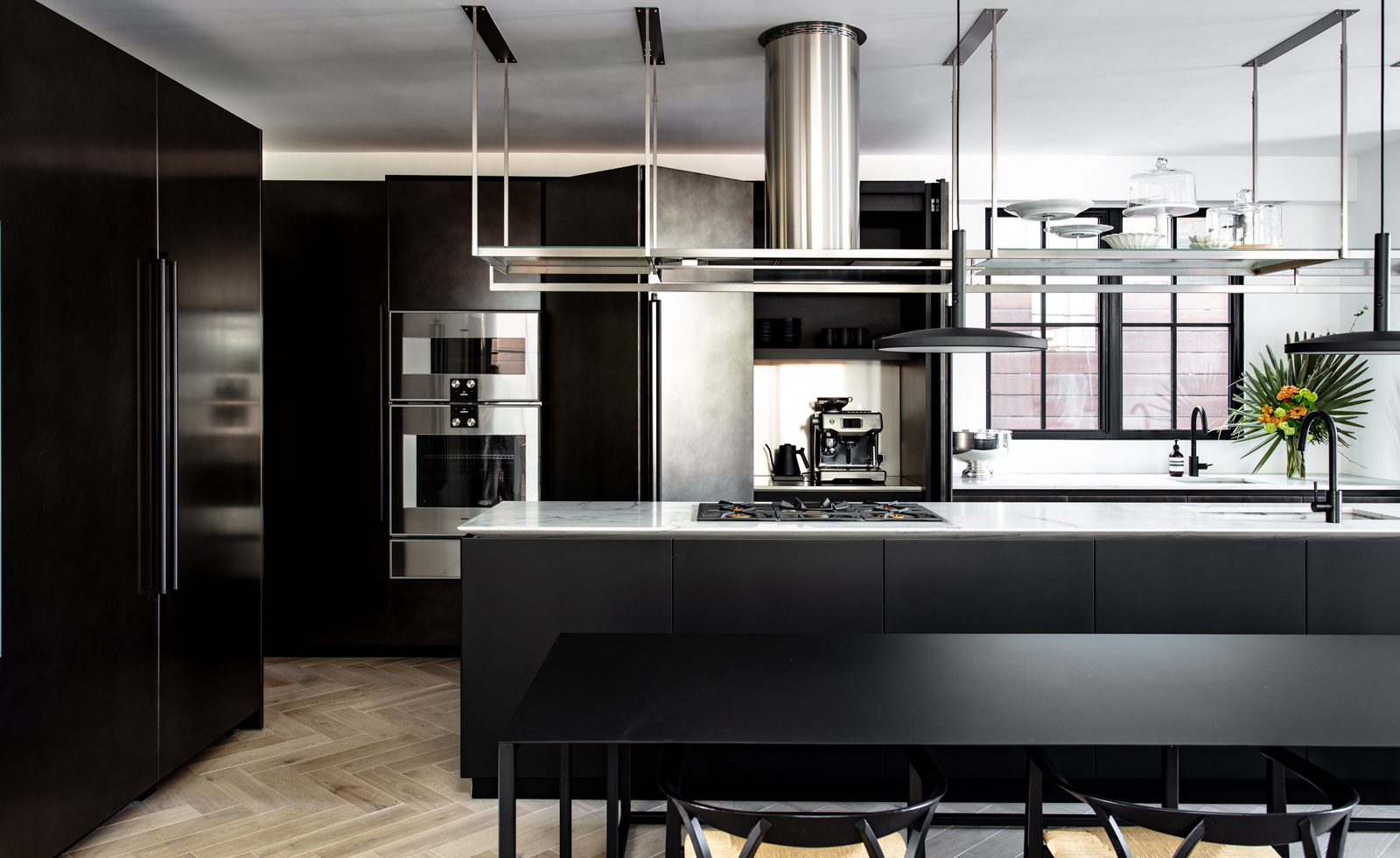 Italian craftsmanship comes to Los Angeles in this eclectic Venice Canals apartment
Italian craftsmanship comes to Los Angeles in this eclectic Venice Canals apartmentBoffi Los Angeles celebrates a juxtaposition of texture throughout a waterside bolthole
-
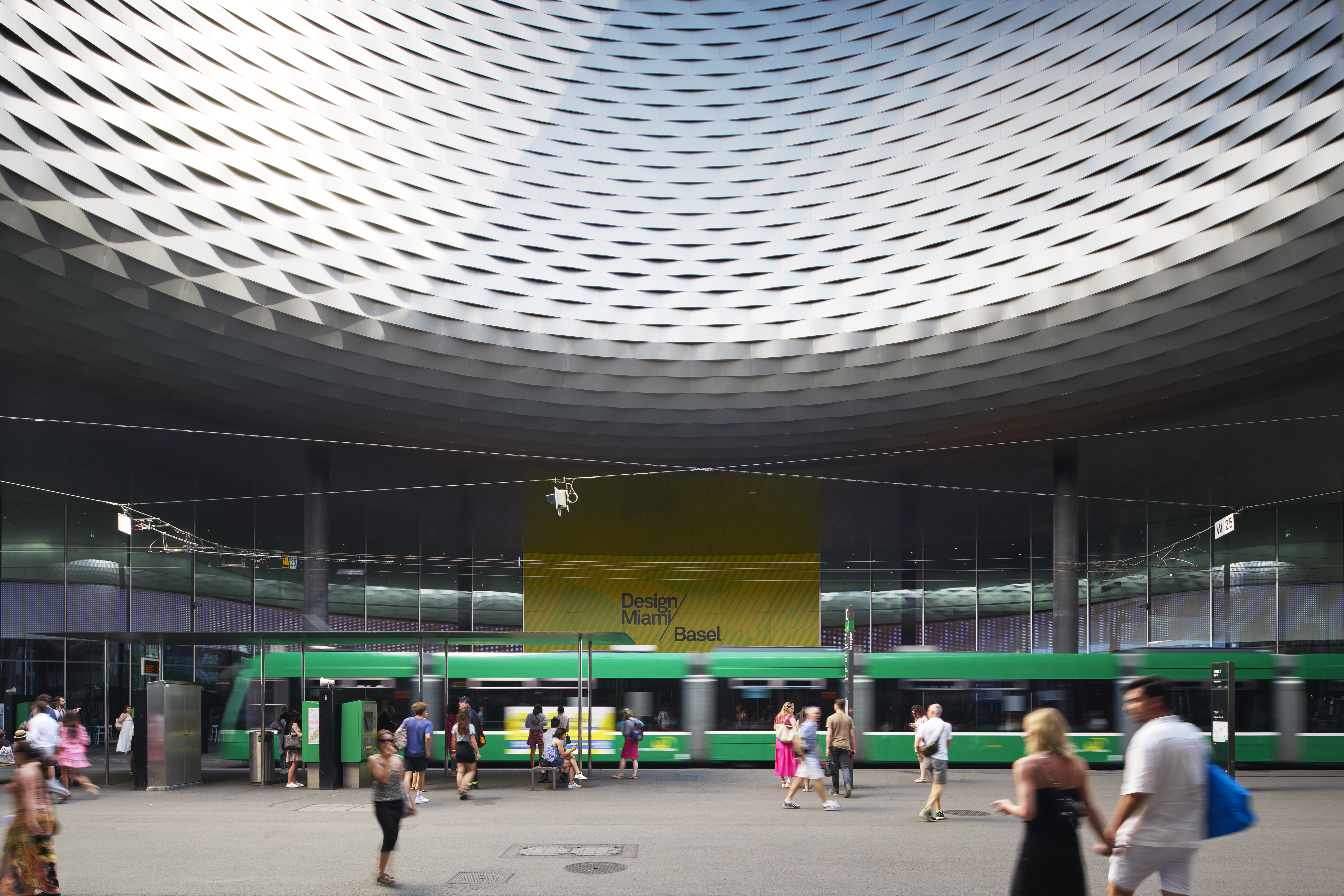 Design Miami/Basel 2022 explores the Golden Age
Design Miami/Basel 2022 explores the Golden AgeDesign Miami/Basel 2022, led by curatorial director Maria Cristina Didero, offers a positive spin after the unprecedented times of the pandemic, and looks at the history and spirit of design